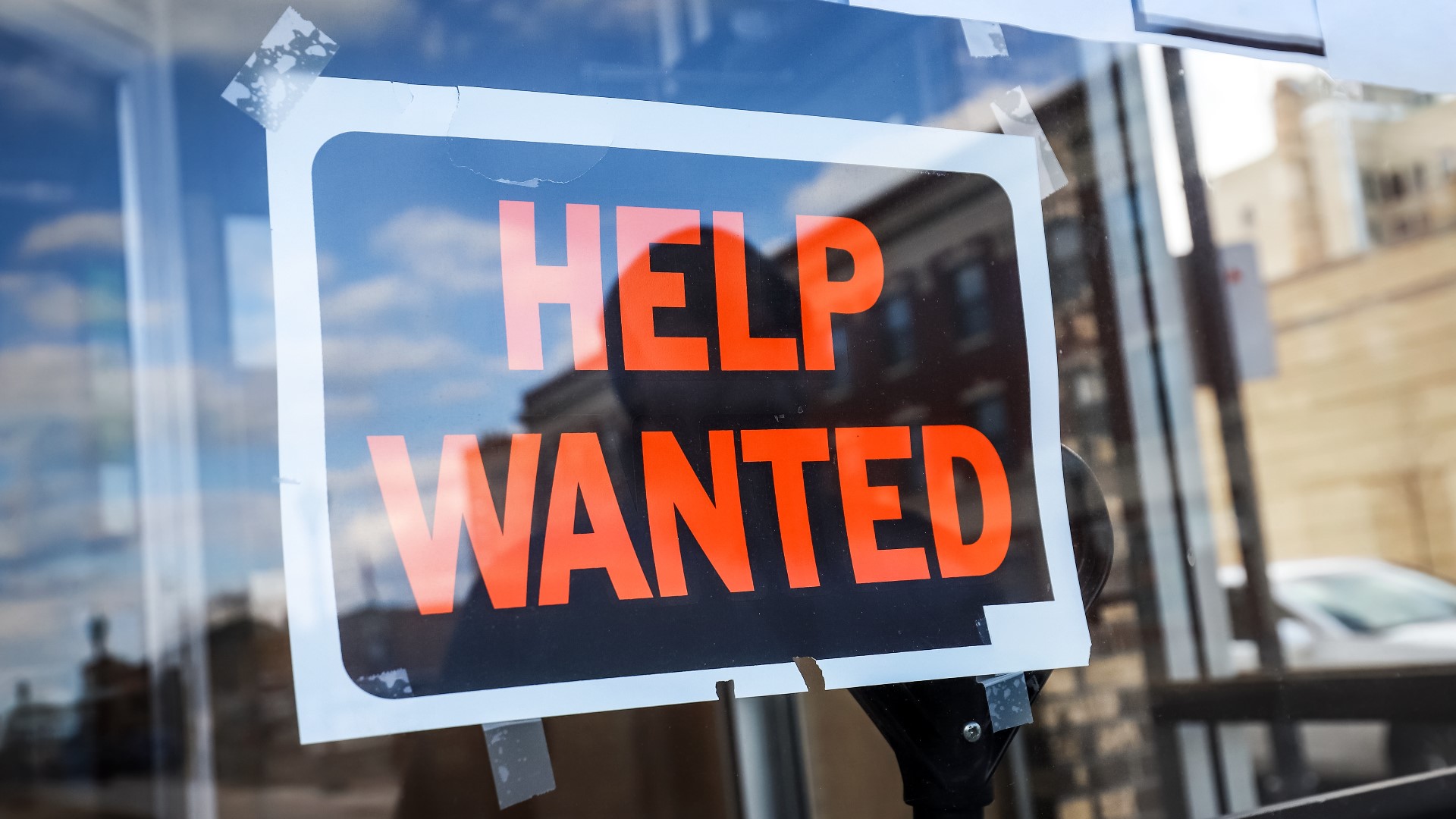MINNESOTA, USA — Nowadays, it’s hard to find a business that isn’t seeking help.
The ongoing worker shortage is impacting nearly every industry with businesses of all sizes struggling to find enough employees to keep up with customers.
While some people see this labor shortage as a good thing because it has the potential to increase wages in the coming years, many employers and experts are worried about how this shortage could affect the Minnesota economy down the road.
Minnesota State demographer Susan Brower recently spoke about this topic during a women in business event organized by the Minnesota Chamber of Commerce.
During that event, Brower stated that Minnesota lost about 90,000 workers during the pandemic and there is currently a growing gap between the number of available jobs and the number of available workers.
While Minnesota currently has around 215,000 job openings statewide, Brower says there are only around 60,000 people in Minnesota who are actively looking for work.
So, even if every available worker was able to find a job in this economy, the numbers show that around 155,000 jobs would still go unfilled.
“We’re among the states where that ratio is the lowest,” Brower says.
This gap didn’t emerge overnight.
Brower says she has been concerned about this labor gap ever since she took the job as state demographer 10 years ago.
“It’s been a very long time that we knew this was coming,” Brower says.
She says some workers did leave the workforce during the pandemic due to COVID concerns, childcare issues and the pursuit of a better work-life balance.
However, Brower says the biggest contributing factor behind this labor gap is the aging workforce in Minnesota.
“We’re seeing all kinds of retirements because the ‘baby boomer’ generation is moving into those years where they’re moving out of the workforce,” Brower says.
And this labor gap may only get wider in the coming years as even more boomers leave the workforce.
“We still have a lot of retirements for the youngest of the baby boomer generation. Those are now in their late 50s and early 60s,” Brower says.
And looking at birth rates, Brower says there are not enough young people coming into the workforce to replace them.
"It's very likely that what we are looking at into the future is this prolonged period of very, very slow growth,” Brower says.
Minnesota Chamber of Commerce President and CEO Doug Loon says a lot of companies are trying to make their jobs more desirable with better wages, incentives and more flexibility.
But those are only short-term solutions. Long-term, he says the entire state economy needs to make some changes.
"Many other states have been working to get their tax rates down on individuals and Minnesota needs to catch up to those other states,” Loon says.
According to TurboTax, Minnesota has the fifth-highest income tax rate in the country at 9.85%.
That rate is the highest in the Midwest, more than 2% higher than Wisconsin’s at 7.65%, and much higher than South Dakota, which doesn’t collect income taxes from its residents.
Loon says getting that rate down will make Minnesota more desirable for workers in other states and other countries to come here and help close that gap.
"Being able to attract talent, retain talent, as other states are doing better, we need to do better here in Minnesota,” Loon says.
Brower agrees that Minnesota will need to attract more outside workers to close this gap.
“We may see some things turn around with migration, either migration from other states or from other countries that could ease this a bit, but if we keep moving in the way that we have in the past five to ten years, this is what we can expect to see in the future,” Brower says.
One strategy that could help close this gap is to focus on the current workforce in Minnesota and how the local economy can maximize its talent.
Brower says we often focus a lot of attention on the people outside of the workforce and finding ways to bring them back in, but she says we must focus more attention on the people who are currently working and whether their skill sets are being used to their full potential.
“Maybe we need to focus more on moving people upwards in terms of skills training and redistributing some of the jobs so that the most important jobs out there are being filled,” Brower says.
Companies will also be forced to innovate and come up with new ways to produce more with fewer workers.
Loon says Minnesota leaders should come up with incentives for companies that are willing to invest in research and new technology that can boost efficiency and productivity.
“Economists often say that you get better productivity by either creating more workforce, or more innovation, and we think that here in Minnesota we’ve gotta do both,” Loon says.
Watch more local news:
Watch the latest local news from the Twin Cities in our YouTube playlist:

